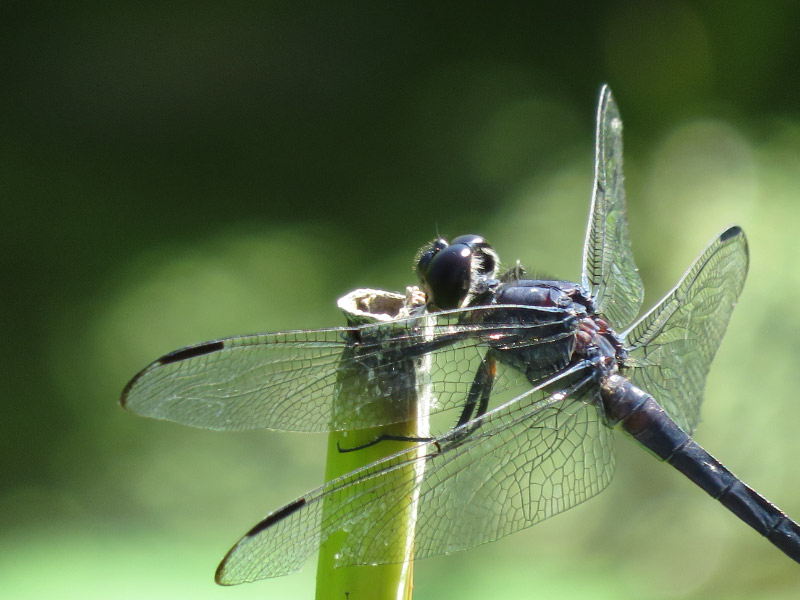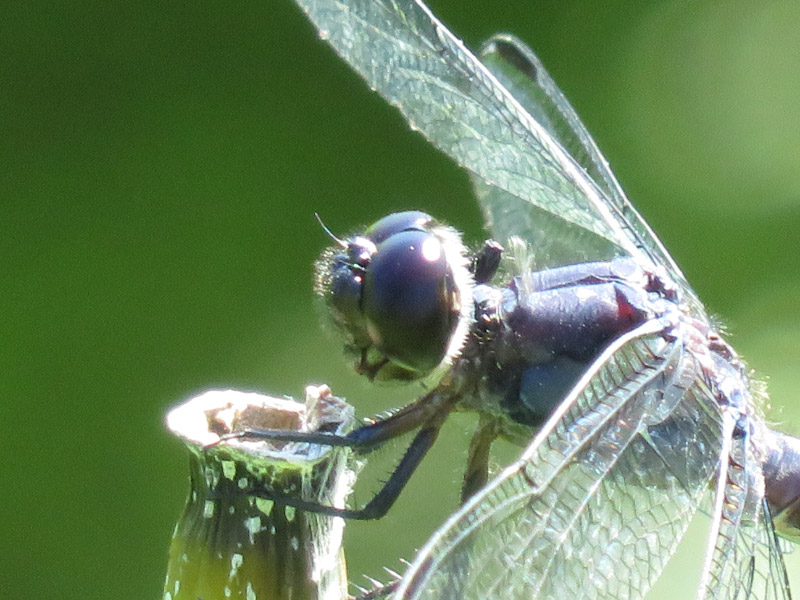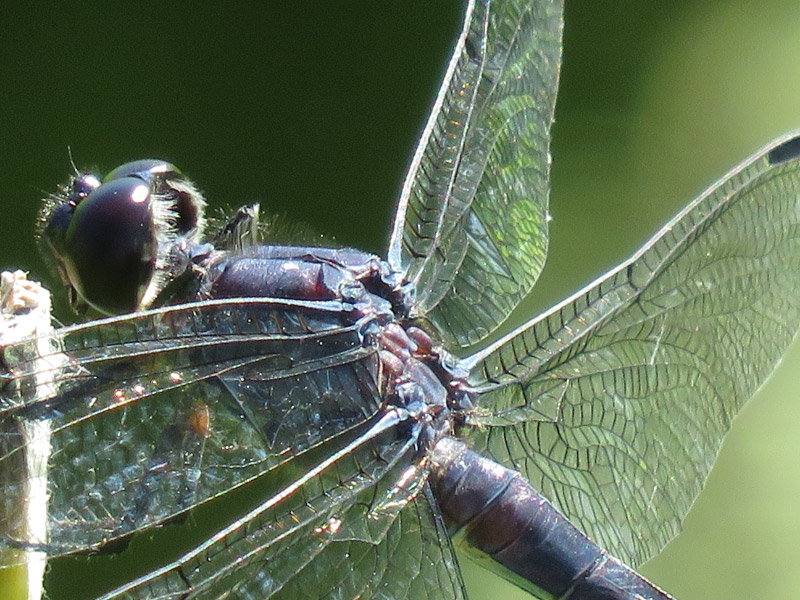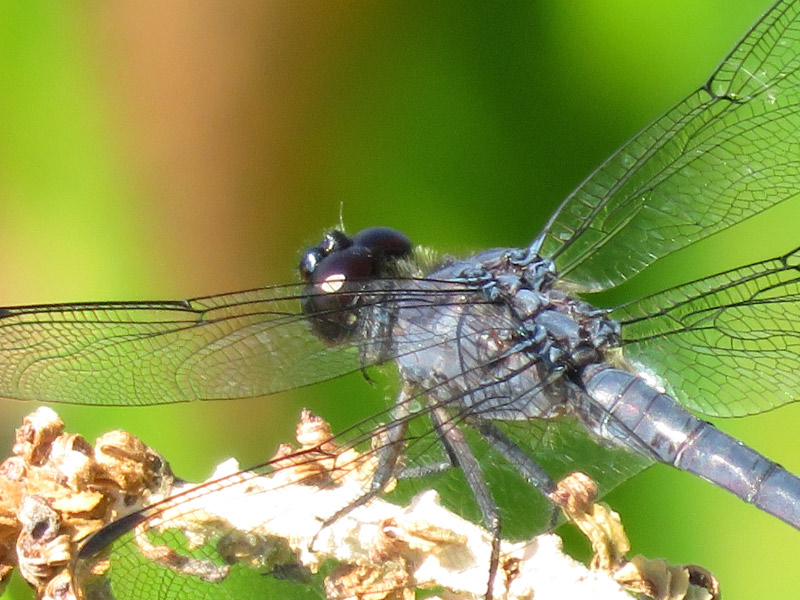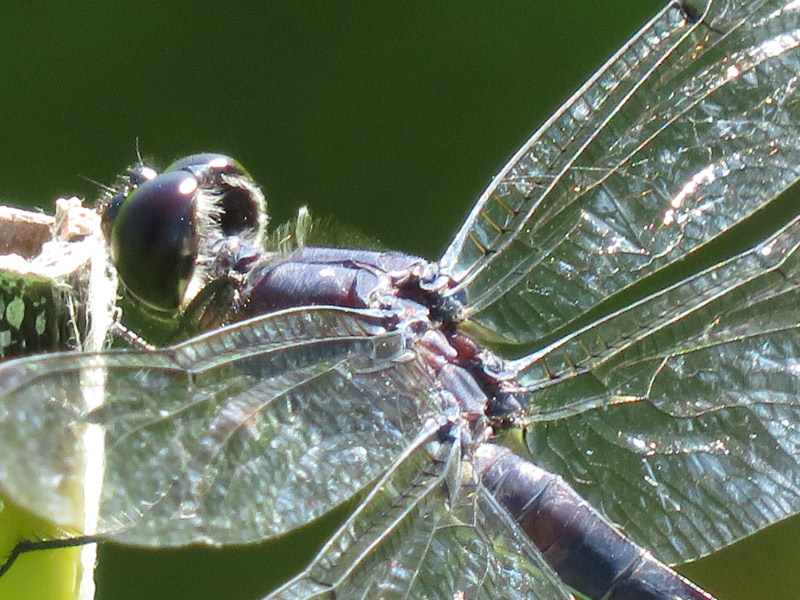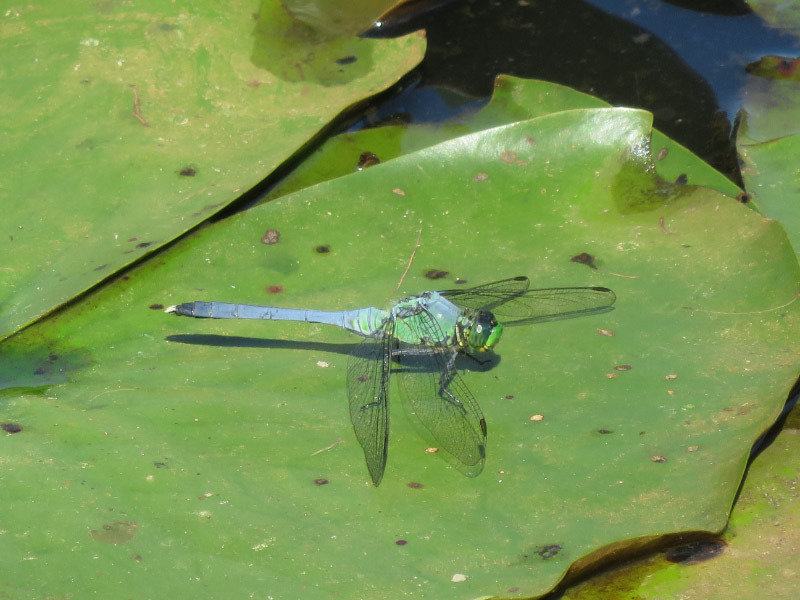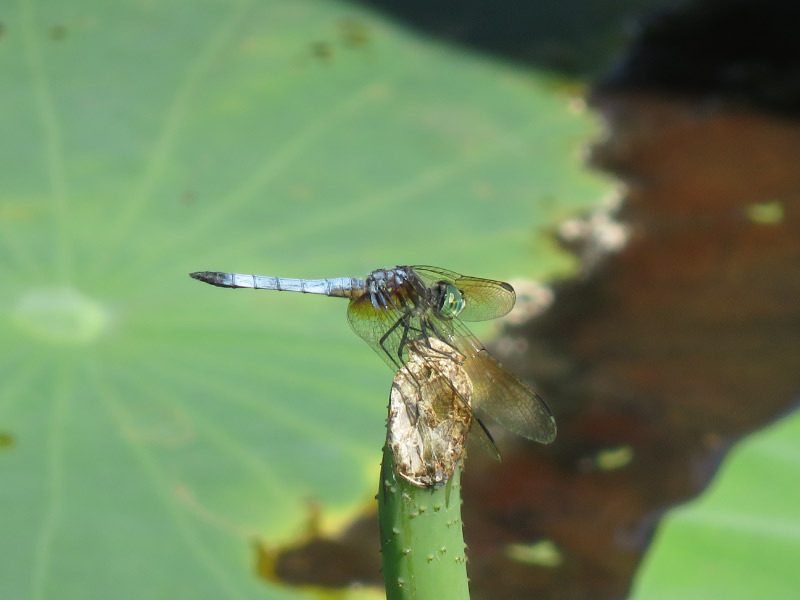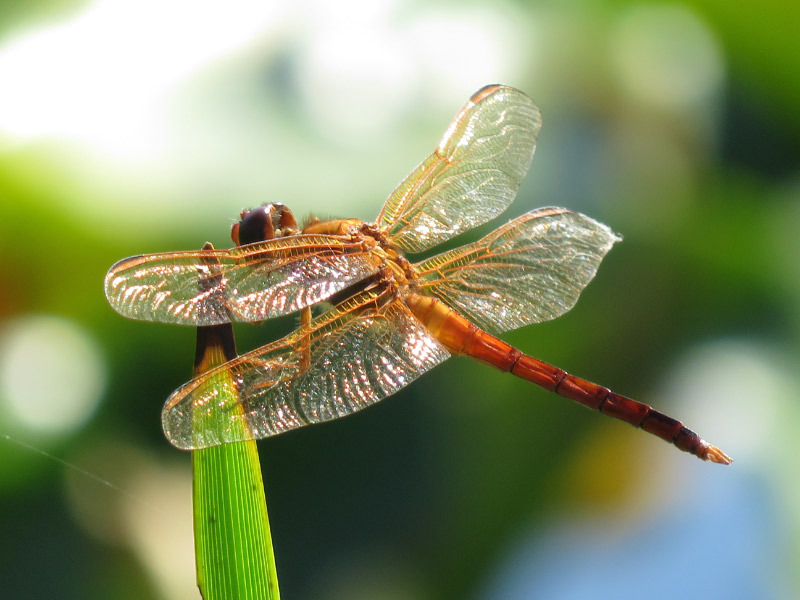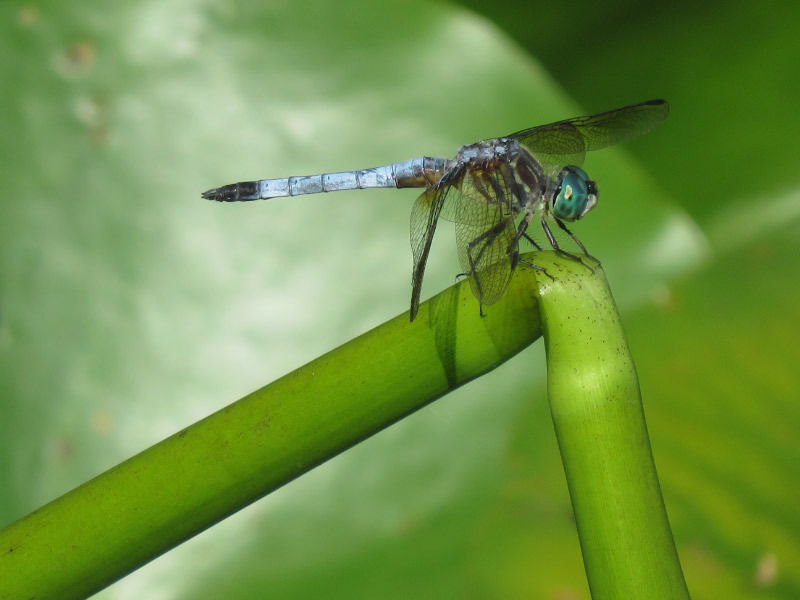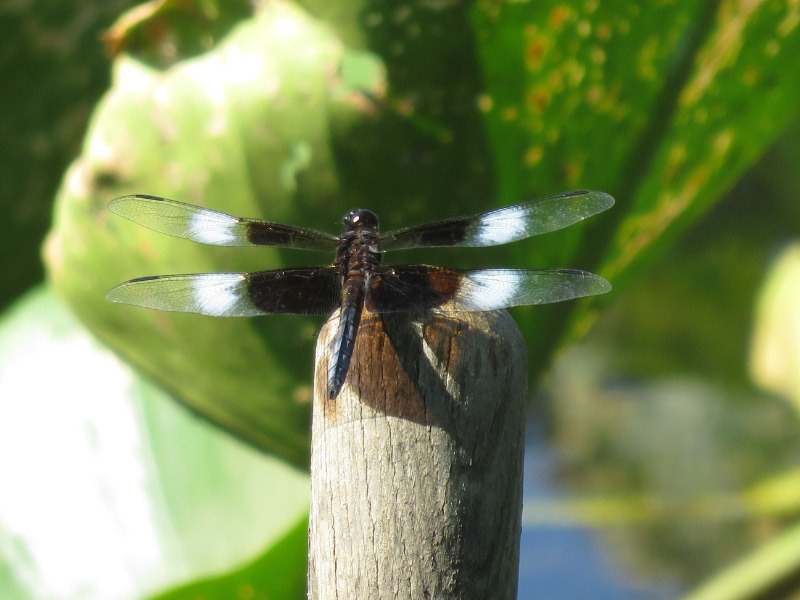More than an Oak
/ I noticed a strange looking structure on the trunk of an oak at Kenilworth Park and Aquatic Gardens. It is easy to imagine that it is the head of monster coming out of the tree with orange eyes!
I noticed a strange looking structure on the trunk of an oak at Kenilworth Park and Aquatic Gardens. It is easy to imagine that it is the head of monster coming out of the tree with orange eyes!
It is probably a crown gall caused by a bacterium (Agrobacterium tumefaciens) which enters the tree through a wound; in this case it could have been a branch that broke. The bacterium transfers a portion of its genetic material into the oak tree cells causing the unusual growth and some substances that the tree does not normally produce – but that the bacterium utilizes! The gall can impede nutrient flow in the tree -particularly if it girds the tree.
In this case, the gall itself appears to be hosting some shelf fungus – the bright orange structures. The tree looked robust overall and the only place where shelf fungi were growing was on the gall. So maybe the shelf-fungi are doing their normal decomposer role on the gall only! I’ll look for the tree again summer when we go to see the lotuses at Kenilworth.







